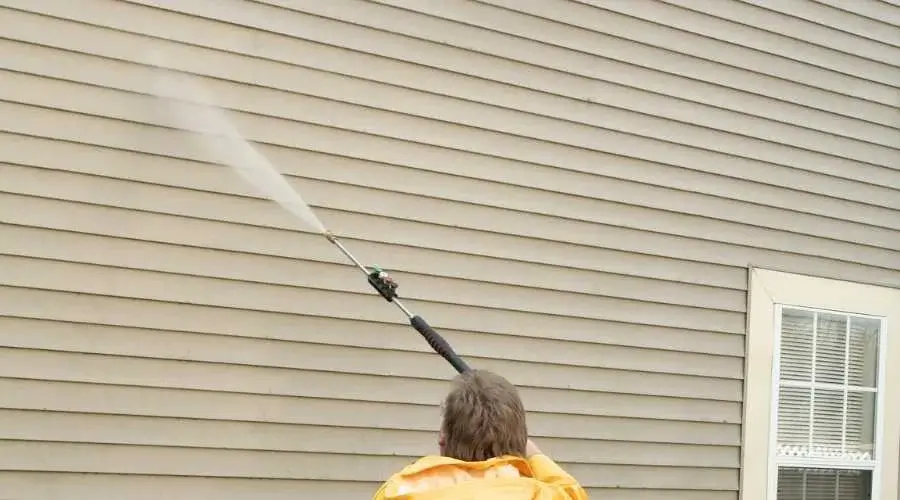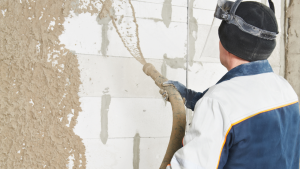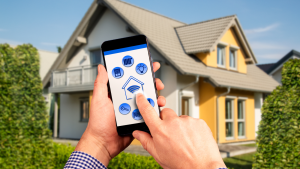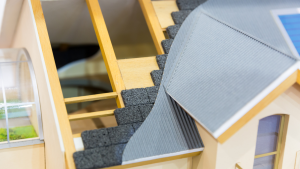When it comes to your home, selecting the right siding material is a crucial decision that affects both aesthetics and functionality. With a multitude of options available, it can be overwhelming to determine which one is best suited for your needs. In this article, we will compare stucco with other popular siding options, unveiling their respective pros and cons. This comprehensive analysis will assist you in making an informed decision about the ideal siding material for your home.
Stucco: A Timeless Classic
Stucco siding is renowned for its durability, flexibility, and timeless appeal. This unique finish is achieved by combining cement, sand, lime, and water. Stucco’s distinctive textured appearance enhances the architectural properties of your home. It requires minimal maintenance and can withstand changing weather conditions.
Pros of Stucco
Durability: Stucco is exceptionally durable and can withstand the harshest and most unpredictable weather conditions, including rain, wind, and UV exposure. Its resistance to rot, pests, and fire makes it a long-lasting siding option.
Energy Efficiency: Stucco provides excellent thermal insulation, regulating indoor temperatures and reducing energy consumption. It keeps your home cool in the summer and warm in the winter, resulting in potential savings on heating and cooling costs.
Versatility: Stucco offers a wide range of design possibilities. It can be applied in various textures, patterns, and colors, allowing you to customize the look of your home according to your personal style and architectural preferences.
Low Maintenance: Stucco requires minimal maintenance. Regular cleaning and occasional repainting are typically sufficient to keep it looking fresh and vibrant. Unlike some other siding options, stucco does not necessitate frequent repairs or replacements.
Soundproofing: Stucco possesses excellent soundproofing qualities, reducing noise transmission from the outside. This contributes to a quieter and more peaceful living environment within your home.
Cons of Stucco
Cost: Stucco installation can be initially more expensive compared to some other siding options. The cost varies depending on factors such as the size of your home, the complexity of the design, and the region you reside in.
Potential for Cracking: While stucco is durable, it is not completely immune to cracking. Settlement of the underlying structure or extreme temperature fluctuations can result in hairline cracks on the stucco surface. However, these cracks can usually be easily repaired by a professional.
Other Siding Options
Now, let’s delve into some other popular siding options and compare them to stucco.
Vinyl Siding
Vinyl siding is a widely used and cost-effective option. Made of PVC (polyvinyl chloride), it comes in a variety of colors and textures. Vinyl siding is known for its low maintenance requirements and durability. However, it may not offer the same level of architectural appeal and design versatility as stucco. It can also be prone to fading and may not provide the same level of insulation.
Fiber Cement Siding
Fiber cement siding is a composite material made of cement, sand, and cellulose fibers. It offers excellent durability and can mimic the appearance of traditional wood siding, brick, or stucco. Fiber cement siding is resistant to rot, pests, and fire. It requires periodic maintenance such as repainting, but it generally has a longer lifespan than wood siding. While fiber cement siding can achieve a similar look to stucco, it may not provide the same level of insulation or soundproofing properties.
Wood Siding
Wood siding is a classic and natural option that provides a warm and inviting look to a home. It is available in various types of wood, including cedar, pine, and redwood. Wood siding offers excellent aesthetics and can be stained or painted in different colors. However, it requires regular maintenance, such as staining and sealing, to protect it from moisture, rot, and pests. Wood siding is generally not as durable as stucco and may require more frequent repairs and replacements over time.
Brick Siding
Brick siding is a popular choice known for its timeless appeal and durability. Made of fired clay bricks, it provides a solid and sturdy exterior finish. Brick siding offers excellent protection against the elements and requires minimal maintenance. However, it can be more expensive than stucco, and the installation process can be time-consuming. Brick siding also limits design flexibility compared to stucco, as modifying or changing its appearance once installed can be challenging.
Choosing the ideal siding material involves considering factors such as durability, aesthetics, maintenance requirements, and cost. Stucco, with its timeless appeal, durability, and low maintenance needs, is an excellent option for homeowners. It offers a wide range of design possibilities and provides energy efficiency and soundproofing benefits. However, other siding options like vinyl, fiber cement, wood, and brick have their own advantages and considerations. By assessing your priorities, budget, and the architectural style of your home, you can make an informed decision. Consulting with a professional contractor can also be beneficial in exploring the possibilities and selecting the siding material that best suits your needs. Ultimately, the right siding material will enhance your home’s curb




